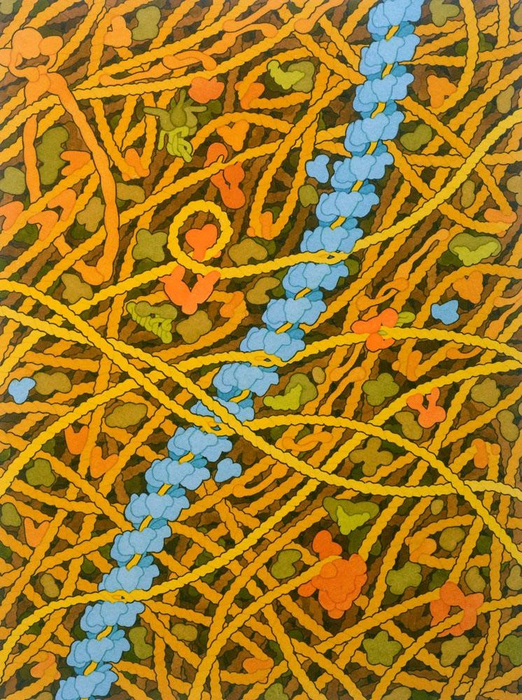Scientists and researchers in the field of microbiology have always used bacteria and other microorganisms to assist them in achieving their objectives. Recently, they have managed to watch and observe how bacteria work to repair and fix broken strands of genes in the DNA. These little and minute repairs on these strands can turn out to be lifesaving for organisms.
This was done with the help of enzymes and DNA with fluorescent tags. E. coli was used for the process. The whole project took place at the Uppsala University in Sweden. The process of homologous recombination allows the organisms to keep their gene order intact. It makes sure that the gene copies do not make any errors. The enzyme recombinase protein RecA facilitates this process and is present in every living organism.
Once there is a change or missing gene detected in the strands, the protein extends into a long cluster, forming a filament of protein and nucleic acid that is able to hold onto both the broken strand and a second, intact ladder of unbroken DNA. From here, the filament finds the right strand to copy. The mechanism behind this step has remained unknown for the past 50 years.
In order to work this out, scientists used fluorescent paints to keep track of the genes and the bacteria introduced. CRISPR gene editing was used for this purpose. It highlighted the points where the action was happening. A chemical alert told them when the task was completed. It took 15 minutes for the E.coli to complete the work, out of which, 9 were used to find the strand.
The main work was on the construction of RecA’s nucleoprotein filament. This thread stretches out across the cell, grabs hold of the chromosome, and slides down in search of a match to the sequence in its grasp.
This research makes it relevant to our bodies as well because these substances are present in us. This opens possibilities for repairing any errors in our own DNA. The report was published in Nature.

